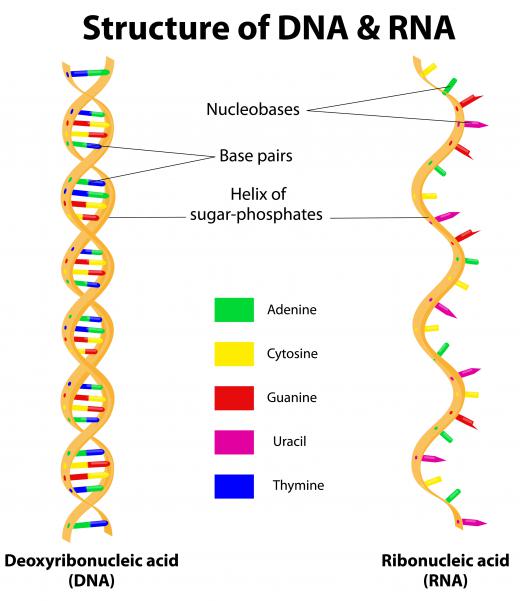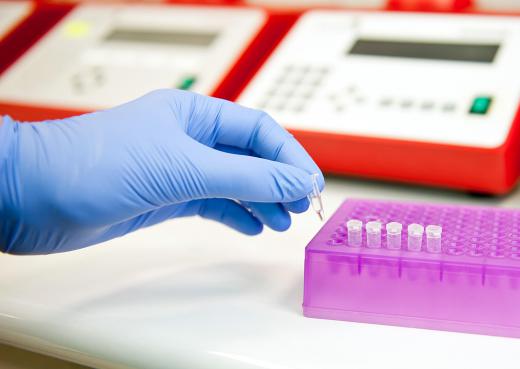In Biology, what is the Central Dogma?
 Michael Anissimov
Michael Anissimov
The central dogma (sometimes capitalized as Central Dogma) of molecular biology is that information in biological systems only flows in one direction: from DNA to RNA to proteins. The central dogma was first formulated by Francis Crick, one of the co-discoverers of the structure of the DNA, in 1958 and popularized in a Nature paper published in 1970. Since it was formulated, it has been found that the central dogma does not always hold (contrary to its name), and under some conditions, such as those involving viruses or special interventions in a laboratory, other types of information flow are possible.
The term "central dogma" is just a phrase; it doesn't mean the idea is infallible or somehow associated with religious dogma. Crick later regretted using the word "dogma" to explain his idea, due to all the trouble it caused him.
In biology, there are three typical types of information flow that occur in all living cells: DNA modifying itself, DNA to RNA, and RNA to proteins. DNA is capable of self-replication in a process called DNA replication.

In the cell, RNA serves as the proxy, the signaler for DNA molecules synthesizing proteins. The process whereby DNA creates RNA is called transcript. The complete DNA readout of any organism, called the genome, contains a full set of instructions for making all the RNA and proteins that constitute the organism. Once the RNA is created by the DNA, it cannot be taken back or otherwise manipulated, and RNA cannot change RNA. Once RNA synthesizes the proteins (called translation), the proteins cannot influence the information content of the DNA or RNA. Although, the DNA can produce new proteins to disassemble or otherwise manipulate pre-existing proteins.

In a laboratory or with viruses, three additional manipulations are possible. One is RNA modifying DNA, called reverse transcription. This happens in the case of RNA retroviruses, like HIV, hijacking the DNA machinery of the host cell. Another manipulation is RNA manipulating itself, called RNA replication, which happens with some RNA viruses. The last is the direct translation of DNA to protein, demonstrated a few times in the lab, although it remains largely unexplored.
Several manipulations are impossible, at least with our current level of technology. These include backtracking from a protein to the DNA or RNA that created it, or using proteins to build additional proteins.
AS FEATURED ON:
AS FEATURED ON:












Discussion Comments
Though it sounds important, I imagine it will only be a matter of time before we somehow find an exception to the rule of central dogma. Like everything else in biology and other sciences, it is not necessarily "true" so much as "not dis-proven yet".
This article is a bit false in naming Francis Crick as a co discoverer of the structure of DNA. the double helix was originally discovered by Rosalind Franklin, whose data and original photographs were shown to Crick and his partner, Watson, without her knowledge.
Post your comments